Home>Garden Essentials>What Soil Mix Compares To Foxfarm
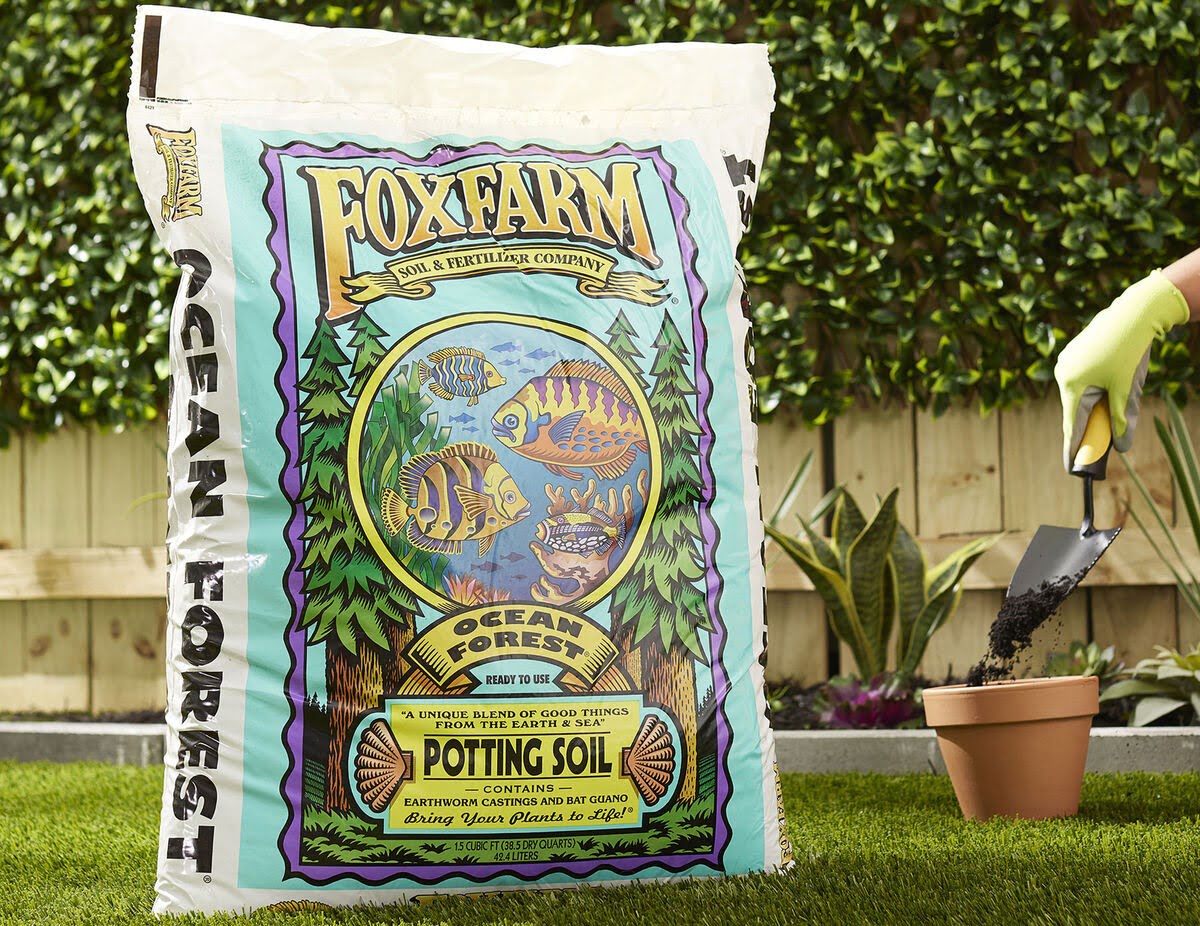

Garden Essentials
What Soil Mix Compares To Foxfarm
Modified: October 18, 2024
Looking for the perfect soil mix for your garden? See how Foxfarm compares to other options and choose the best one for your plants.
(Many of the links in this article redirect to a specific reviewed product. Your purchase of these products through affiliate links helps to generate commission for Storables.com, at no extra cost. Learn more)
Introduction
Gardening enthusiasts often seek the perfect soil mix that can provide their plants with optimal nutrients, drainage, and aeration. Among the popular options available, one brand that stands out is Foxfarm Soil Mix. With its reputation for high-quality ingredients and exceptional performance, many wonder how it compares to other soil mixes on the market.
In this article, we will take a closer look at Foxfarm Soil Mix and explore alternative options that can rival its effectiveness. Whether you’re an experienced gardener or just starting out, understanding the various soil mix options available will empower you to make an informed decision for your garden’s success.
But first, let’s delve into the basics of Foxfarm Soil Mix and what sets it apart from the rest.
Key Takeaways:
- Choose the Right Soil Mix
Select a soil mix based on your plants’ needs, watering routine, and the type of container or bed. Consider factors like nutrient content, pH level, sustainability, and budget to create an optimal growing environment. - Explore Alternative Options
While Foxfarm Soil Mix is excellent, consider alternatives like coco coir and perlite, peat moss and vermiculite, composted manure and sand, or organic potting soil. Each option offers unique benefits for healthy plant growth.
Read more: What Soil Mix For Succulents
Foxfarm Soil Mix: An Overview
Foxfarm Soil Mix has gained a strong reputation in the gardening community for its superior quality and exceptional results. This carefully formulated soil mix is designed to provide optimum nutrition, moisture retention, and aeration to plants, promoting healthy growth and abundant yields.
One of the key ingredients in Foxfarm Soil Mix is premium aged forest products, which includes aged bark, wood chips, and peat moss. These organic materials provide a rich, nutrient-dense base for plants to thrive. Additionally, the mix is enriched with earthworm castings and humic acid, which further enhance the soil’s fertility and promote beneficial microbial activity.
Another standout feature of Foxfarm Soil Mix is its excellent moisture retention capabilities. The peat moss component helps the soil retain moisture, reducing the frequency of watering required for plants. This is particularly beneficial for gardeners in hot climates or those who may not have the time for frequent watering.
In addition to its exceptional nutrient content and moisture retention properties, Foxfarm Soil Mix also offers excellent drainage. The mix contains perlite, a lightweight volcanic mineral that improves soil aeration and prevents water from becoming stagnant. This ensures that roots receive adequate oxygen, reducing the risk of root rot or other issues caused by waterlogged soil.
Furthermore, Foxfarm Soil Mix is carefully pH adjusted to provide an optimal environment for plant growth. The pH level of the soil is crucial as it determines the availability of essential nutrients to plants. By maintaining a balanced pH, Foxfarm Soil Mix ensures that plants can efficiently absorb nutrients, leading to healthier and more vigorous growth.
Overall, Foxfarm Soil Mix is a well-rounded option that effectively addresses the key needs of plants—nutrient availability, moisture retention, and aeration. However, it’s always advantageous to explore alternative soil mix options to ensure you make an informed decision based on your specific gardening requirements. Let’s explore some comparable soil mix options and see how they stand up to Foxfarm Soil Mix.
Comparing Foxfarm Soil Mix with Other Soil Mixes
While Foxfarm Soil Mix offers an impressive range of benefits, it’s essential to consider alternative soil mix options to determine the best fit for your gardening needs. Let’s explore a few popular alternatives and compare them to Foxfarm Soil Mix:
Soil Mix Option 1: Coco Coir and Perlite Mix
Coco coir, derived from coconut husks, is an increasingly popular choice among gardeners. It has excellent water retention capabilities while still providing adequate drainage. When combined with perlite, a lightweight volcanic mineral, the result is a well-balanced soil mix with good moisture retention, aeration, and drainage properties. This mix is also environmentally friendly and sustainable.
Soil Mix Option 2: Peat Moss and Vermiculite Mix
Similar to Foxfarm Soil Mix, a peat moss and vermiculite mix offers excellent moisture retention. Peat moss provides a stable base for plant roots while vermiculite improves aeration and drainage. This mix is particularly suitable for acid-loving plants as peat moss tends to be slightly acidic. However, it’s worth noting that the use of peat moss raises environmental concerns due to its extraction process.
Soil Mix Option 3: Composted Manure and Sand Mix
A mix of composted manure and sand is a popular choice for gardeners looking to boost soil fertility naturally. Composted manure enriches the soil with essential nutrients and improves its structure. Sand, on the other hand, promotes good drainage. However, this mix may require additional amendments to balance the pH and ensure optimal nutrient availability.
Soil Mix Option 4: Organic Potting Soil Mix
An organic potting soil mix is a convenient option for container gardening. It is pre-mixed with a balanced blend of organic materials, such as compost, peat moss, and perlite. This mix provides a good balance of water retention and drainage, which is crucial for potted plants. It is important to choose an organic potting soil mix that is free from synthetic fertilizers and pesticides.
Ultimately, when comparing these alternatives to Foxfarm Soil Mix, it’s important to consider your specific gardening needs. Factors such as the type of plants you are growing, the climate in your region, and your preferred gardening practices should all influence your decision.
Now that we have explored alternative soil mix options, let’s delve deeper into the factors to consider when choosing a soil mix, ensuring you are equipped with the necessary knowledge to make an informed decision for your garden’s success.
Soil Mix Option 1: Coco Coir and Perlite Mix
One alternative to Foxfarm Soil Mix is a combination of coco coir and perlite. Coco coir, which is derived from the fibrous husks of coconuts, is an increasingly popular choice among gardeners due to its numerous benefits.
Coco coir offers excellent water retention properties, allowing it to hold moisture while still providing adequate drainage. This makes it an ideal choice for plants that require consistent moisture, such as tropical plants or those grown in containers. The fibrous structure of coco coir also provides aeration to the soil, preventing compaction and promoting healthy root growth.
When combined with perlite, a lightweight volcanic mineral, the coco coir and perlite mix becomes even more effective. Perlite helps to improve drainage by creating air pockets in the soil, preventing water from becoming stagnant and minimizing the risk of overwatering and root rot. The lightweight nature of perlite also adds additional aeration to the mix, promoting oxygen flow to the roots.
Moreover, the coco coir and perlite mix is an environmentally friendly option. Coco coir is a renewable resource, while perlite is a naturally occurring mineral. By choosing this mix, you can feel good about reducing your environmental impact.
When using the coco coir and perlite mix, it’s important to note that coco coir has a neutral pH, which makes it suitable for a wide range of plants. However, it lacks a significant amount of nutrients on its own, so it’s recommended to amend the mix with organic compost or other organic fertilizers to provide the necessary nutrients for plant growth.
The coco coir and perlite mix is particularly beneficial for gardeners who prefer to have more control over their plant’s moisture levels and desire a lightweight and well-aerated soil. This mix is especially suitable for container gardening, but it can also be used in raised beds or traditional garden beds.
Overall, the coco coir and perlite mix offers excellent water retention, drainage, and aeration properties, making it a worthy alternative to Foxfarm Soil Mix. Consider this mix for your next gardening project and enjoy the benefits it provides to your plants’ growth and development.
Soil Mix Option 2: Peat Moss and Vermiculite Mix
Another alternative to Foxfarm Soil Mix is a combination of peat moss and vermiculite. This mix offers excellent moisture retention and aeration, making it a popular choice among gardeners.
Peat moss is widely used in gardening due to its ability to retain moisture. It has a high water-holding capacity, allowing plants to access water even in drier conditions. This is particularly beneficial for plants that prefer consistently moist soil, such as ferns or certain types of tropical plants. Peat moss also improves soil structure, promoting root development and a healthy soil ecosystem.
In combination with peat moss, vermiculite further enhances the soil’s moisture retention and drainage. Vermiculite is a lightweight mineral that has the unique ability to absorb water and release it slowly. It creates air pockets in the soil, improving aeration and preventing waterlogging. This mix provides an ideal balance of moisture retention and drainage, ensuring optimal conditions for plant growth.
It’s important to note that peat moss tends to be slightly acidic, which can be advantageous for acid-loving plants like blueberries or azaleas. However, it’s worth considering the environmental implications of using peat moss, as its extraction process can have harmful effects on peatlands. Alternatively, you can look for sustainable alternatives to peat moss, such as coconut coir, which offers similar moisture retention properties.
When using the peat moss and vermiculite mix, it’s recommended to amend the soil with organic matter or compost to provide essential nutrients for plant growth. Additionally, monitoring the pH of the soil and adjusting it as needed will ensure optimal nutrient availability for plants.
The peat moss and vermiculite mix is versatile and can be used in various types of gardening, including container gardening and raised beds. It’s particularly beneficial for plants that require well-draining yet consistently moist soil.
In summary, the combination of peat moss and vermiculite is an excellent alternative to Foxfarm Soil Mix. Its ability to retain moisture while providing good drainage and aeration makes it a reliable soil mix option for achieving healthy and thriving plants in your garden.
When looking for a soil mix similar to Foxfarm, consider a mix with high-quality organic ingredients like coconut coir, perlite, and earthworm castings for good drainage and nutrient retention. Check the N-P-K ratio to ensure it meets your plant’s needs.
Read more: What Is Humus Soil Mix
Soil Mix Option 3: Composted Manure and Sand Mix
For gardeners looking to boost soil fertility naturally, a mix of composted manure and sand can be an excellent alternative to Foxfarm Soil Mix. This combination provides a nutrient-rich soil while promoting good drainage.
Composted manure is an organic fertilizer that enhances soil fertility by supplying essential nutrients to plants. It improves soil structure, increases water retention, and encourages beneficial microbial activity. The nutrients in composted manure are gradually released, providing a steady supply of nutrition to plants over time. This mix is particularly beneficial for vegetable gardens, where nutrient availability is crucial for high yields.
Sand, when added to the mix, promotes proper drainage. It creates space between soil particles, allowing water to flow freely and preventing excess moisture from accumulating. This is especially important for plants that are susceptible to root rot or other issues caused by waterlogged soil. Additionally, sand helps to prevent compaction, promoting healthy root growth and nutrient uptake.
It’s important to use well-composted manure, as fresh manure can contain high levels of nitrogen, which can burn plant roots. Composted manure has gone through the decomposition process, which stabilizes the nutrients and reduces the risk of nutrient imbalances. Additionally, make sure the sand used is coarse or builder’s sand, as fine sand can cause drainage issues.
When using the composted manure and sand mix, it’s essential to regularly monitor the soil’s nutrient levels and adjust accordingly. You may need to supplement with additional organic matter or fertilizer to maintain optimal nutrition for your plants.
While this mix is commonly used in traditional garden beds, it can also be incorporated into raised beds or container gardening with proper adjustment to the ratio of composted manure and sand. The composted manure and sand mix is particularly suitable for perennial plants, fruits, and vegetables that benefit from nutrient-rich soil.
In summary, the combination of composted manure and sand provides a natural and nutrient-rich soil mix for your garden. By incorporating this mix into your gardening practices, you can enhance soil fertility while ensuring proper drainage and root health.
Soil Mix Option 4: Organic Potting Soil Mix
For gardeners who prefer convenient and ready-to-use soil mixes, an organic potting soil mix is an excellent alternative to Foxfarm Soil Mix. This pre-mixed option provides a balanced blend of organic materials, ensuring optimal nutrition and moisture retention for your plants.
Organic potting soil mixes typically consist of components such as compost, peat moss, and perlite. Compost enriches the soil with nutrients and beneficial microorganisms, promoting healthy plant growth. Peat moss offers excellent moisture retention, keeping the soil hydrated for longer periods and reducing the frequency of watering. Perlite, as a lightweight mineral, improves drainage and aeration, preventing waterlogged soil and providing oxygen to the plant roots.
One of the advantages of organic potting soil mixes is that they are typically free from synthetic fertilizers, pesticides, and harmful chemicals. This makes them safe for both plants and gardeners. It also allows you to grow organic produce if desired.
When using an organic potting soil mix, it’s important to ensure that the ingredients are of high quality and sustainably sourced. Look for brands that prioritize organic and environmentally friendly practices. Additionally, consider the specific requirements of your plants and choose a mix designed for their needs. Some organic potting soil mixes are formulated specifically for certain types of plants, such as succulents or acid-loving plants.
Organic potting soil mixes are versatile and can be used for a wide range of gardening applications, including container gardening, raised beds, and indoor plants. They are especially convenient for those with limited outdoor space or who prefer the control and ease of container gardening.
It’s worth noting that organic potting soil mixes may need periodic supplementation with organic fertilizers to maintain optimal nutrient levels. Regularly monitoring and assessing the soil’s nutrient content will ensure long-term plant health and vitality.
Overall, an organic potting soil mix provides a convenient and reliable option for gardeners seeking a ready-to-use soil blend. Its combination of organic materials, moisture retention, and drainage properties supports healthy plant growth and simplifies the gardening process.
Factors to Consider When Choosing a Soil Mix
When selecting a soil mix for your garden, it’s important to consider several factors to ensure the best possible growing environment for your plants. Here are some key factors to keep in mind:
Plant Type: Different plants have varying soil requirements. Some prefer moisture-retentive soil, while others thrive in well-draining soil. Consider the specific needs of the plants you are growing. Are they tropical plants that require consistently moist soil like ferns or orchids? Or are they desert plants that prefer dry, well-draining soil like cacti or succulents? Understanding your plant’s preferences will help you choose the right soil mix.
Watering Frequency: Take into account your watering routine and how often you’re able to water your plants. If you have limited time for watering, a soil mix that retains moisture, such as one with peat moss or coco coir, may be beneficial. On the other hand, if you tend to overwater or live in a humid climate, a well-draining soil mix with perlite or sand can help prevent waterlogging.
Nutrient Content: Consider the nutrient content of the soil mix. Some plants may require a more fertile soil mix with higher nutrient levels, while others may prefer a leaner mix. If the soil mix lacks sufficient nutrients, you may need to amend it with organic fertilizers or compost to ensure proper plant nutrition.
pH Level: The pH level of the soil directly affects nutrient availability to the plants. Different plants have varying pH preferences. Acid-loving plants, like blueberries or azaleas, thrive in slightly acidic soil, while others prefer neutral or alkaline soil. Ensure the soil mix you choose aligns with the pH requirements of your plants.
Growing Container or Bed: Consider the type of growing container or bed you’ll be using. Some soil mixes are specifically formulated for containers, while others are suitable for traditional garden beds or raised beds. Container mixes tend to have excellent drainage properties, while garden bed mixes may offer more structure and fertility for in-ground plants.
Sustainability: Take into account the environmental impact of the soil mix. Some ingredients, like peat moss, may not be the most sustainable option due to their extraction methods. Consider using alternative ingredients, such as coconut coir or sustainable compost, to minimize environmental harm.
Budget: Lastly, consider your budget and the cost of the soil mix. Different soil mixes vary in price depending on the quality of ingredients and brand reputation. While it’s important to invest in a quality soil mix, consider your budget and find a balance between cost-effectiveness and the needs of your plants.
By carefully considering these factors, you can choose a soil mix that aligns with your gardening goals and provides an optimal growing environment for your plants.
Conclusion
Choosing the right soil mix for your garden is crucial for the overall success and health of your plants. While Foxfarm Soil Mix offers exceptional performance, it’s important to explore alternative options to find the best fit for your specific gardening needs.
In this article, we explored several soil mix alternatives that can compare to Foxfarm Soil Mix. From the coco coir and perlite mix with its excellent moisture retention and drainage properties, to the peat moss and vermiculite mix that provides a balance of water retention and aeration, and the composted manure and sand mix that boosts soil fertility naturally—each option offers its own unique benefits.
Additionally, we discussed the convenience and reliability of organic potting soil mixes, which provide a balanced blend of organic materials for nutrient-rich and moisture-retentive soil.
When choosing a soil mix, consider factors such as the plant type, watering frequency, nutrient content, pH level, container or bed type, sustainability, and budget. By carefully evaluating these factors, you can select the soil mix that best suits your gardening preferences and meets the specific requirements of your plants.
Remember, gardening is an ongoing learning process, and experimentation may be necessary to find the ideal soil mix for your garden. Don’t hesitate to try different options and make adjustments based on your observations and plant’s responses.
With the right soil mix in place, you can create a thriving environment for your plants, promote healthy growth, and enjoy the rewards of a bountiful and beautiful garden.
Happy gardening!
Frequently Asked Questions about What Soil Mix Compares To Foxfarm
Was this page helpful?
At Storables.com, we guarantee accurate and reliable information. Our content, validated by Expert Board Contributors, is crafted following stringent Editorial Policies. We're committed to providing you with well-researched, expert-backed insights for all your informational needs.
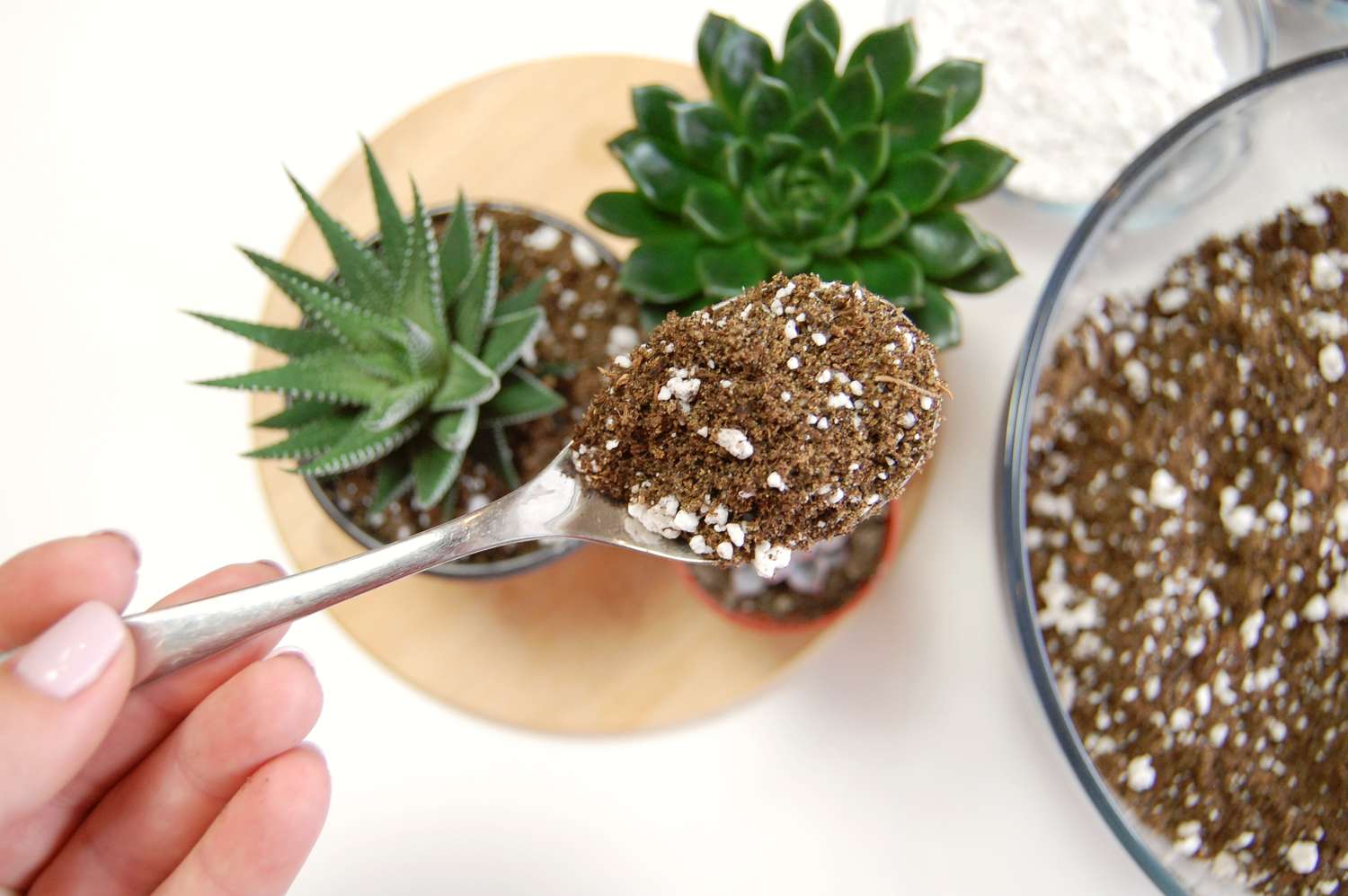
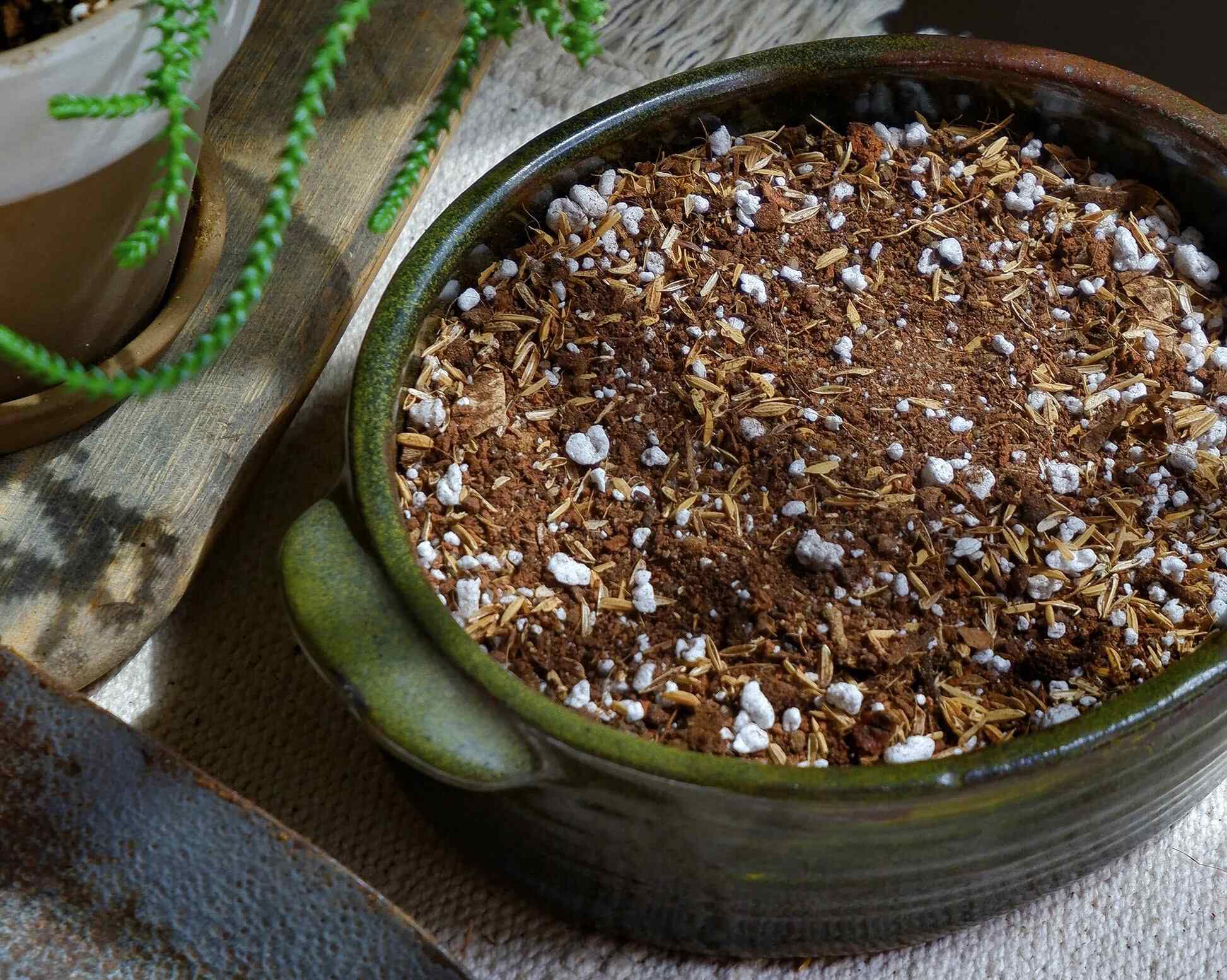
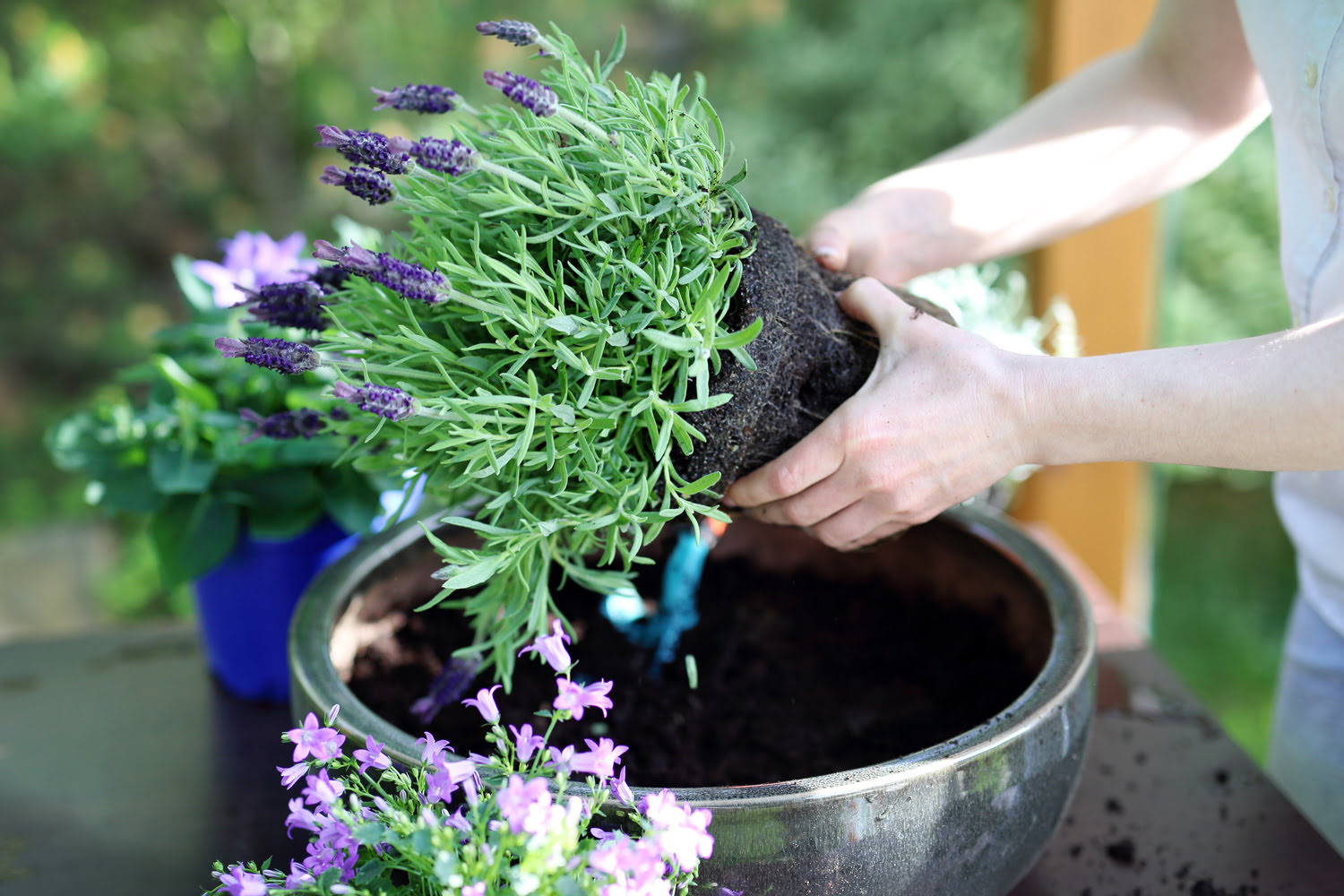
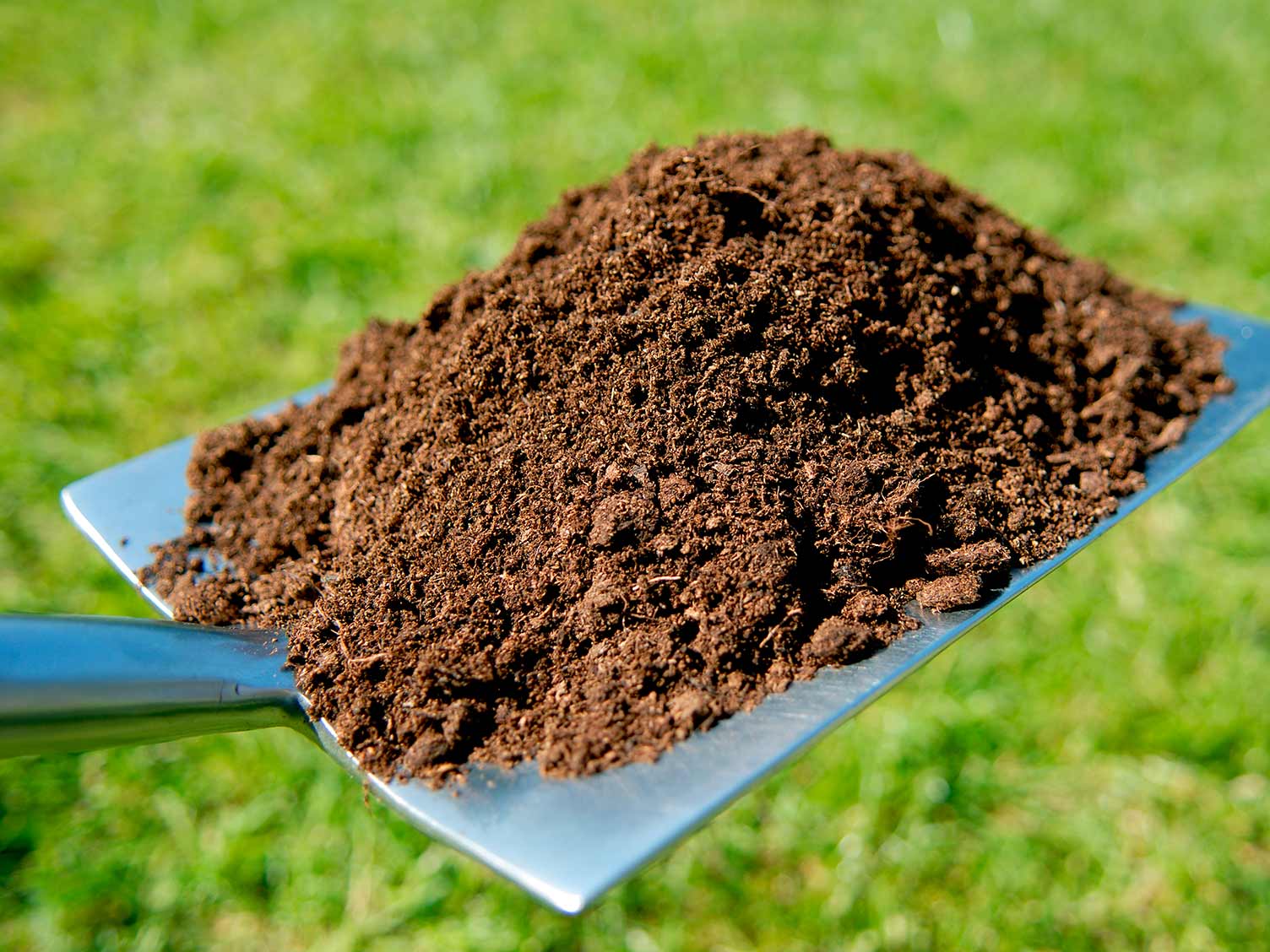
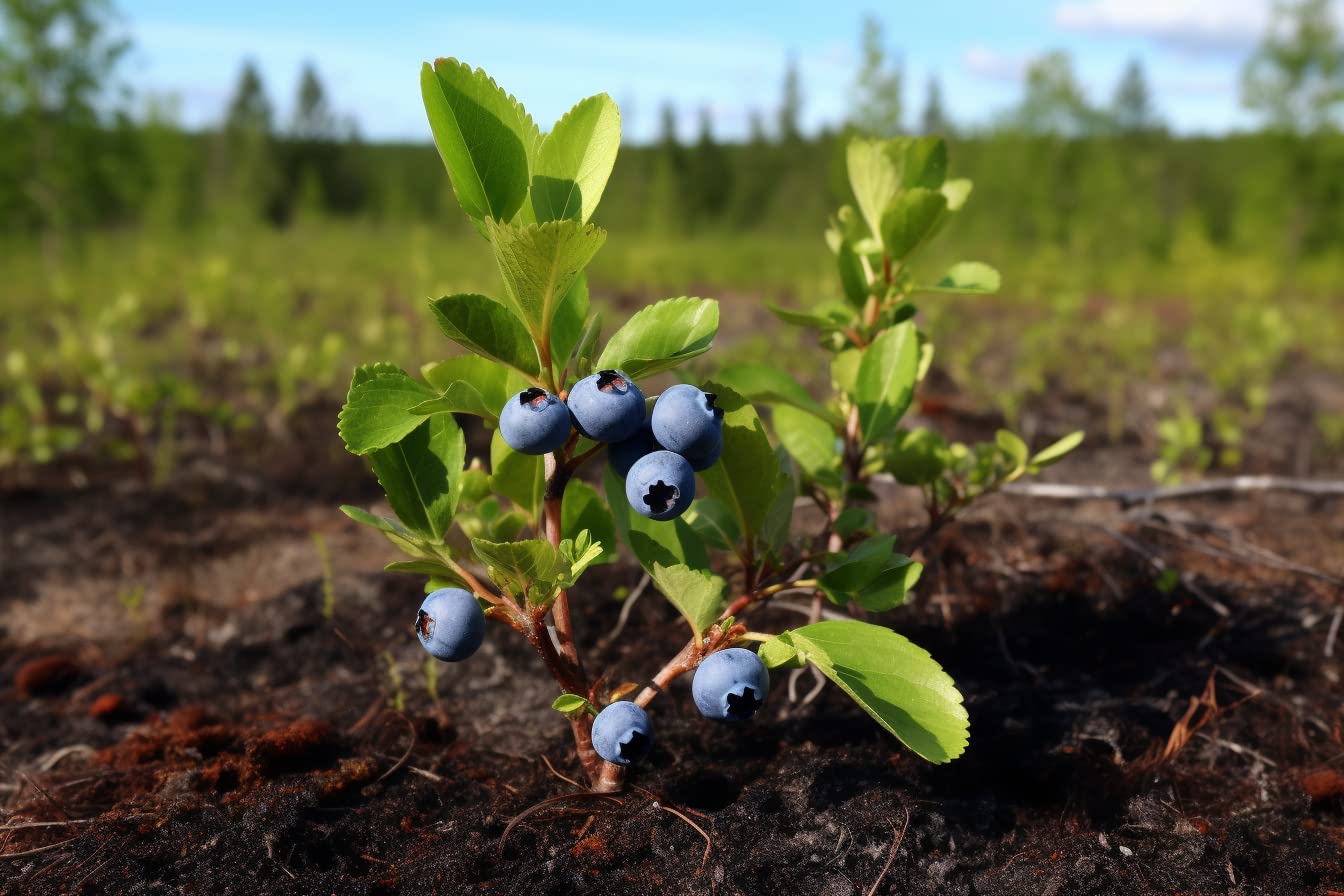
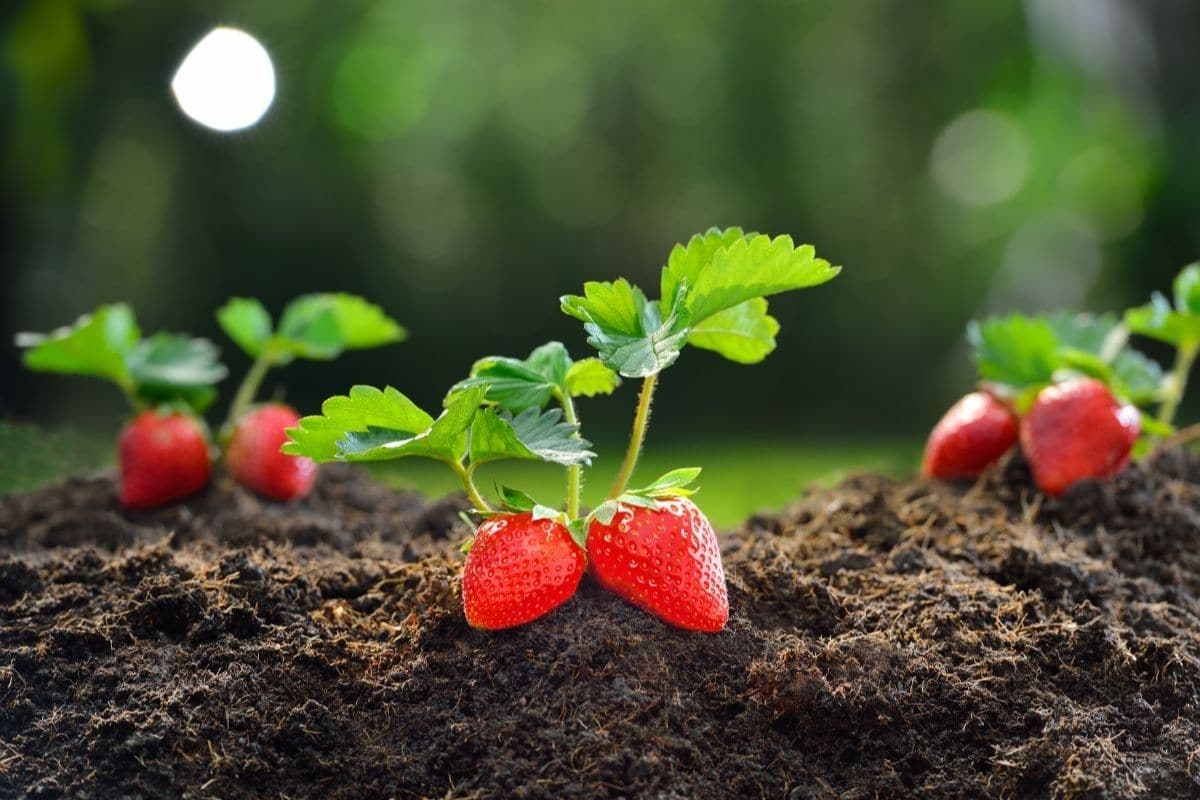
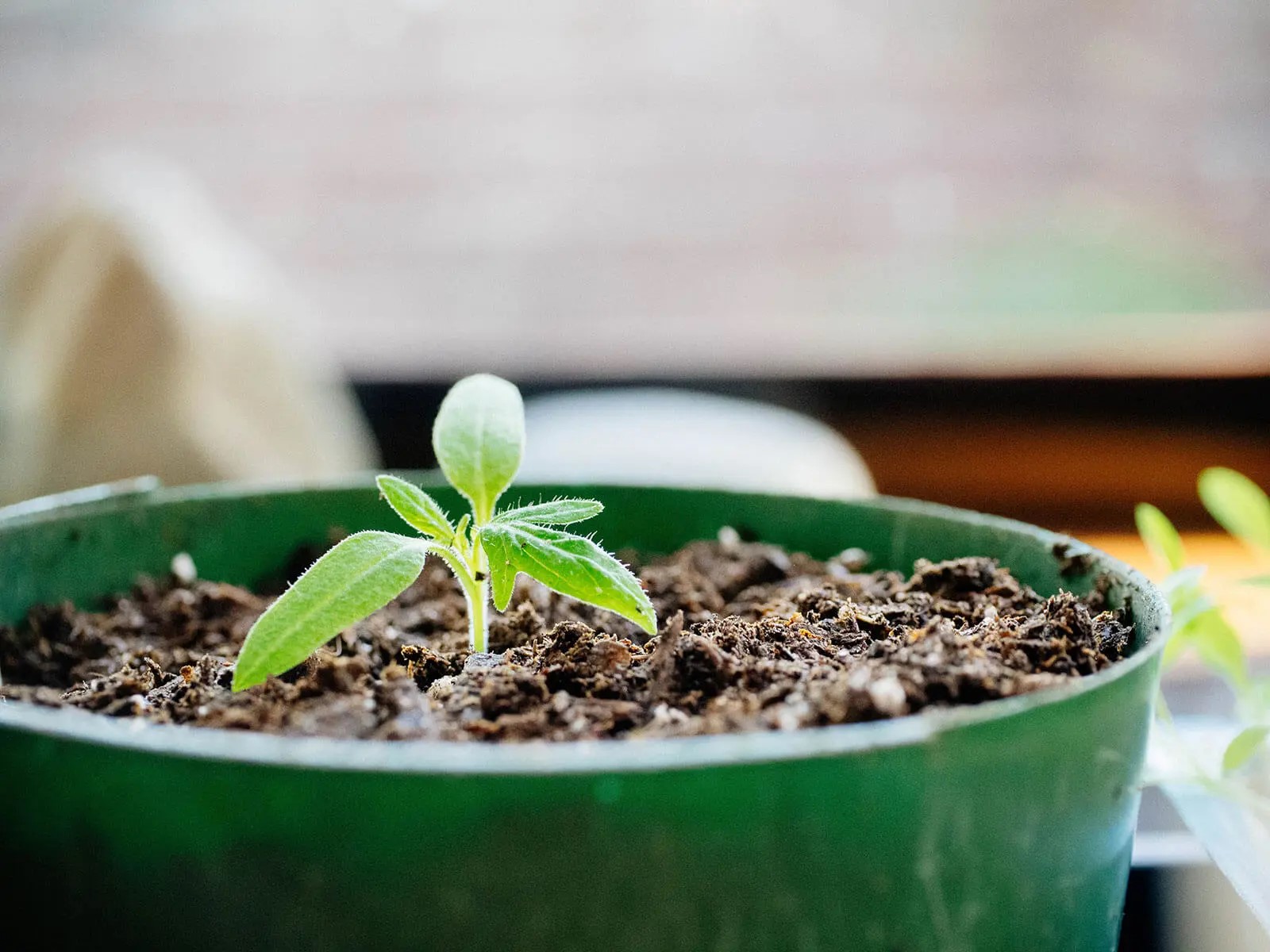


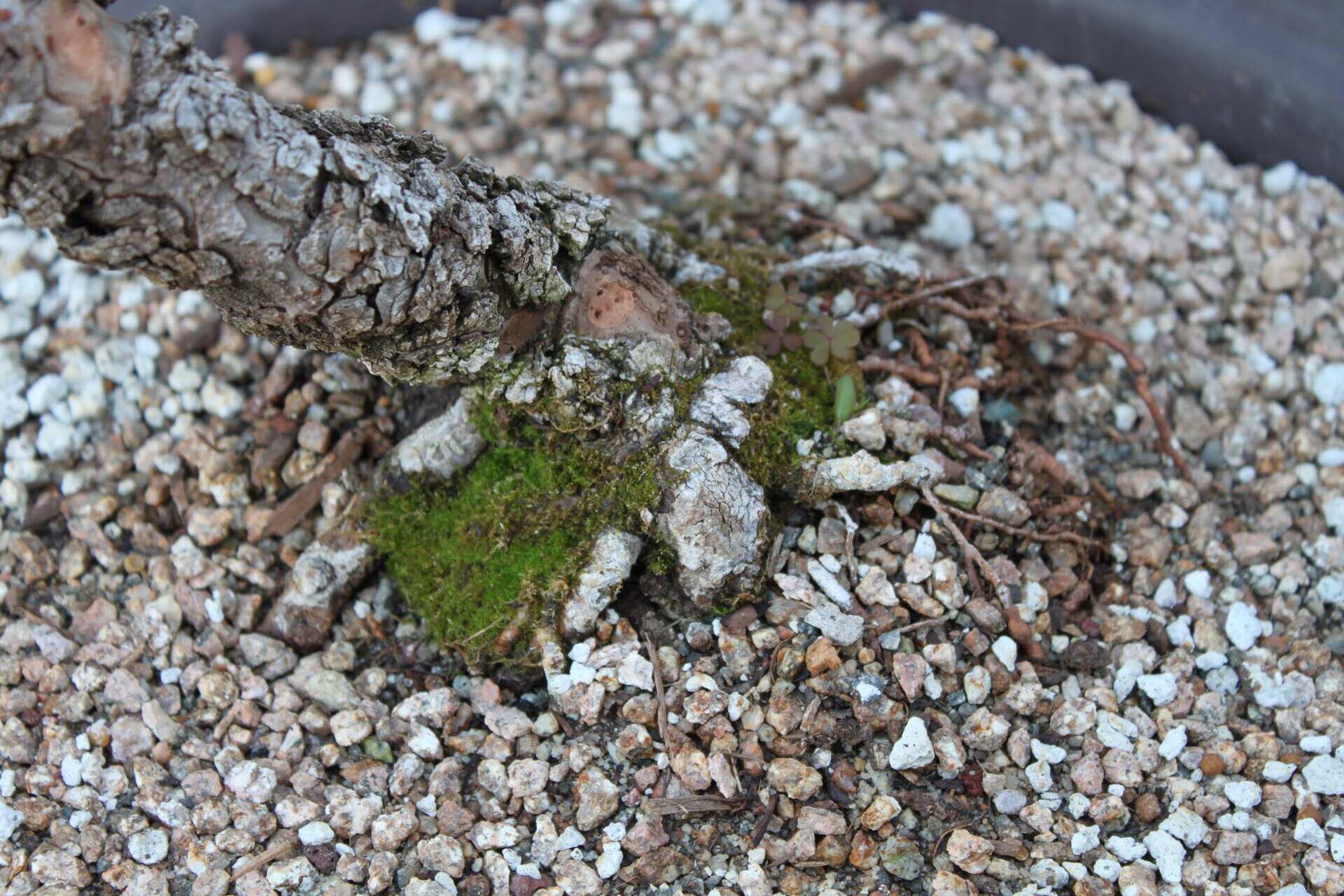
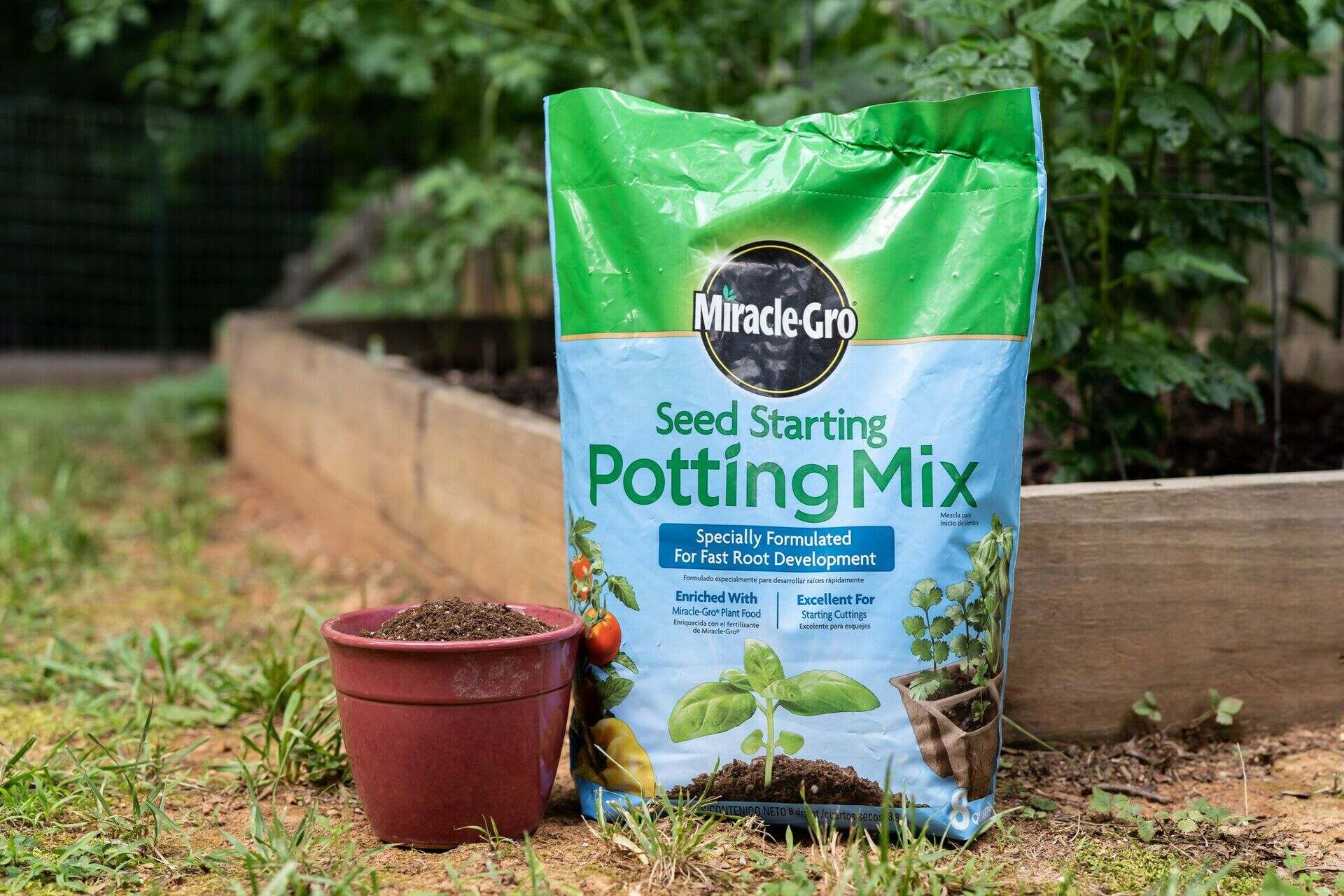
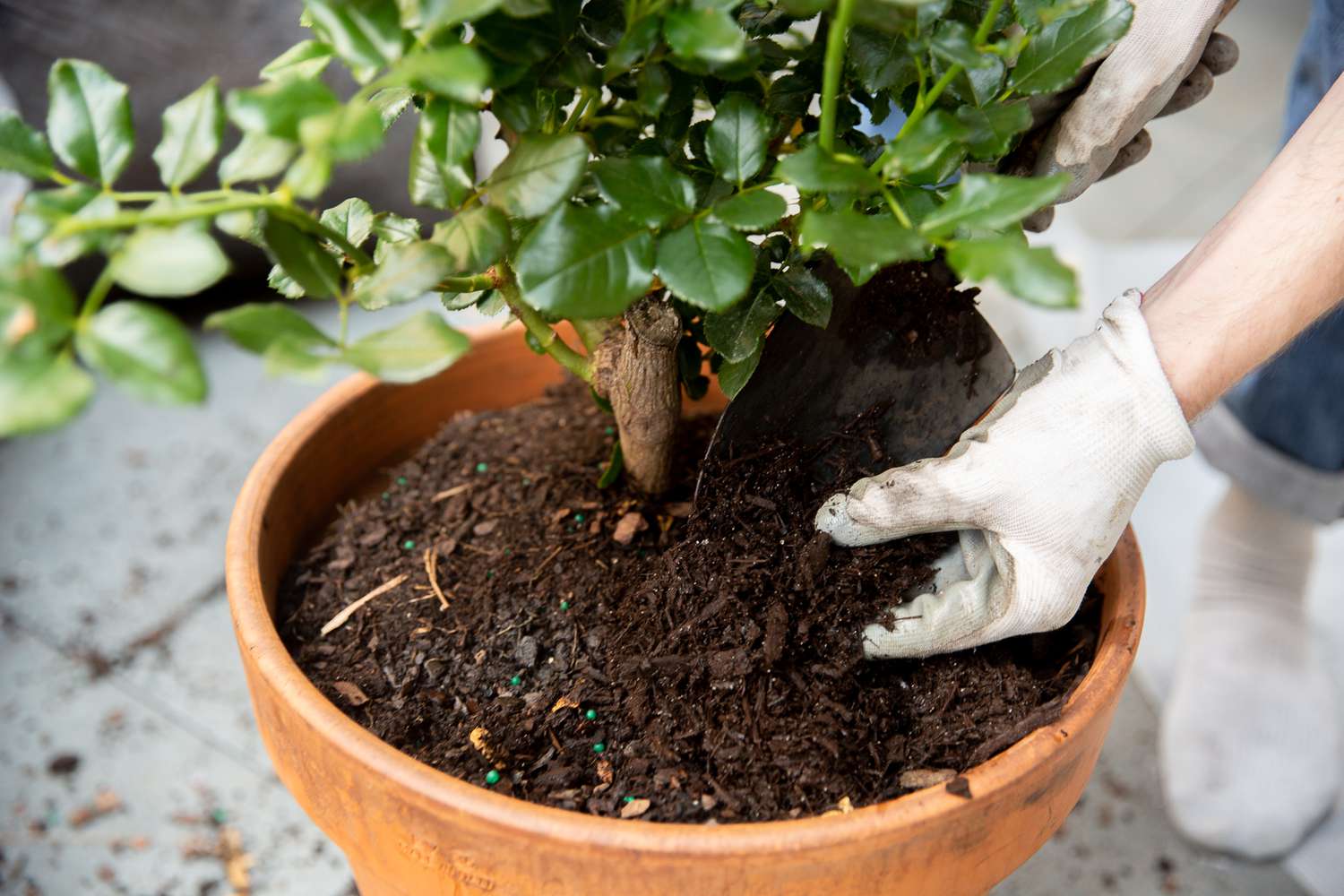
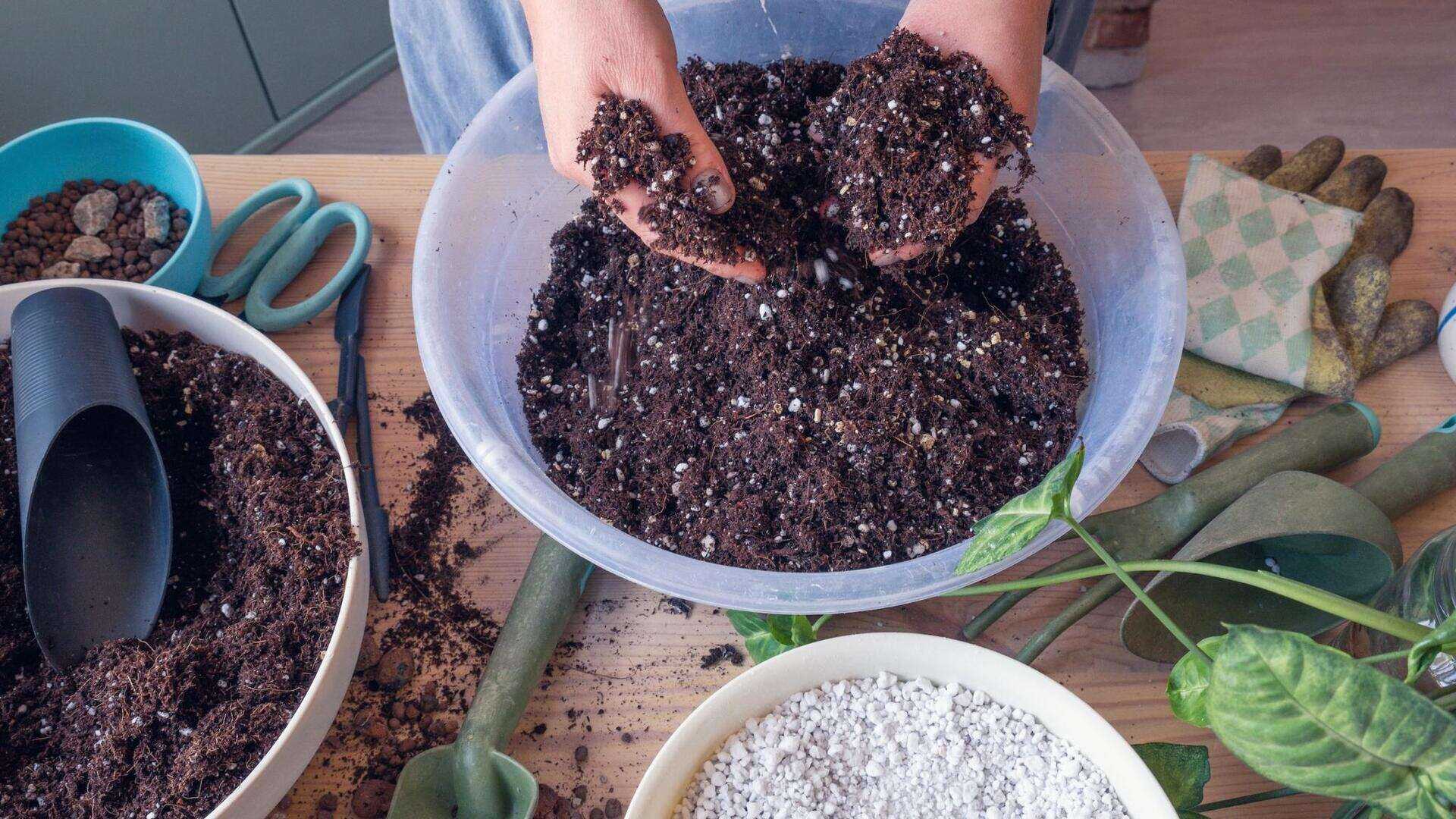
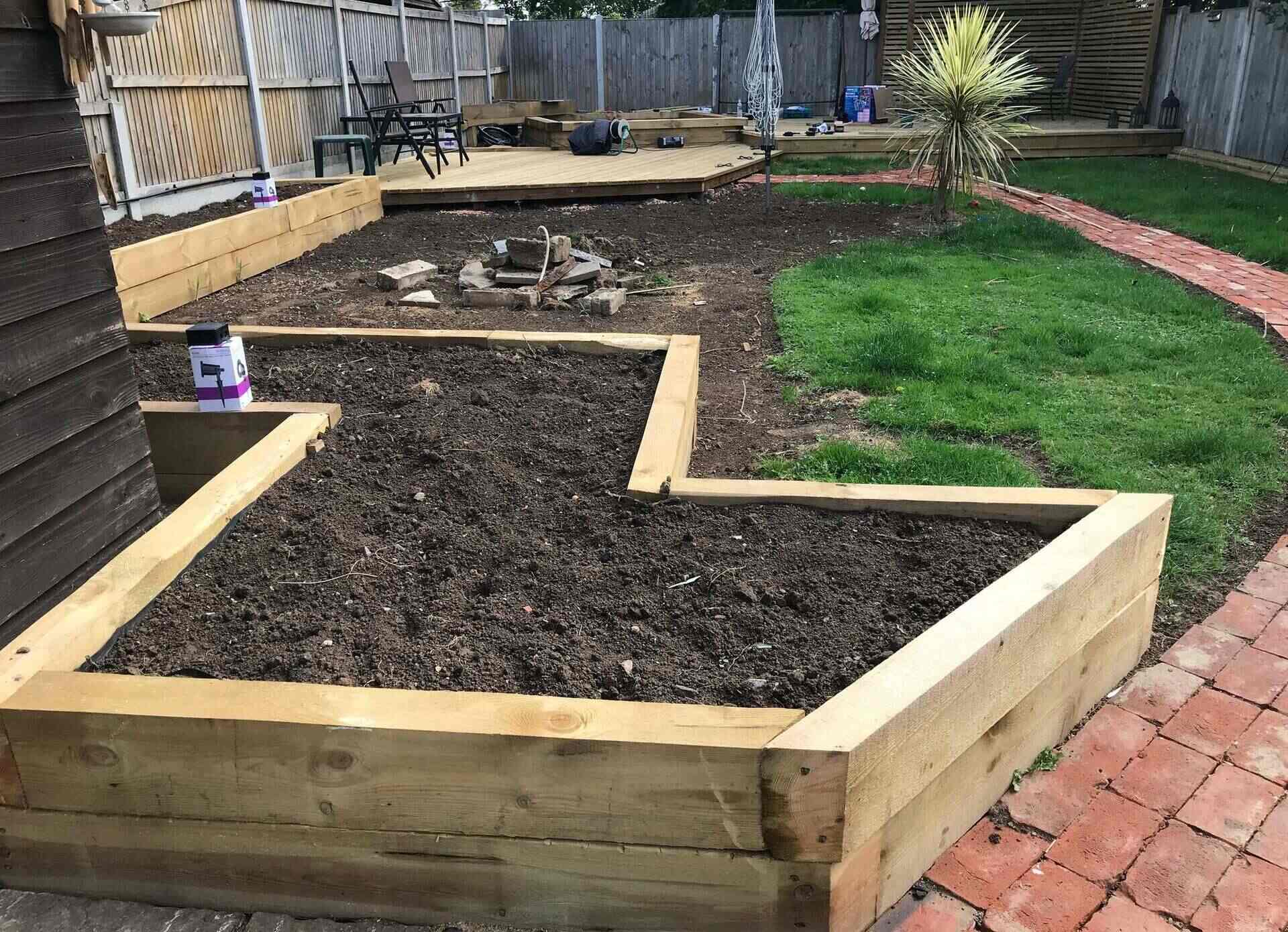

0 thoughts on “What Soil Mix Compares To Foxfarm”